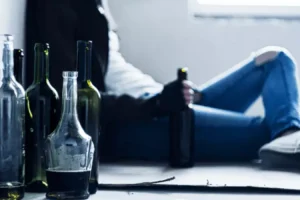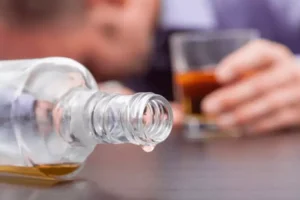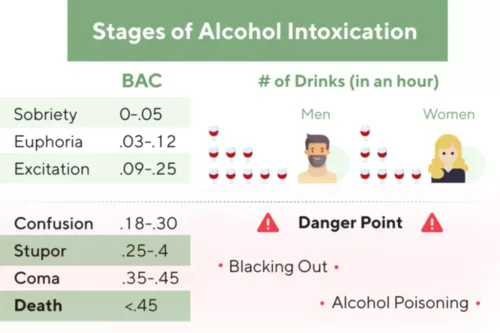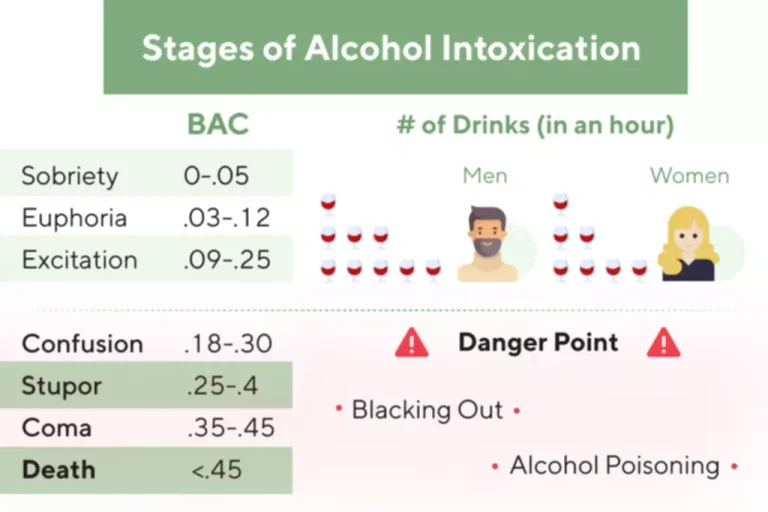
These withdrawals may be so extreme you’re willing to do anything to obtain the substance. At this stage, the addict’s health, financial status, and social life have been severely affected by their addiction. If an individual requires higher doses of the substance or begins experiencing withdrawal if they aren’t using the drug, they are likely in the third stage of the addiction cycle. Addicts often experience significant changes in their lifestyle and personality to cater to drug or alcohol abuse. The first stage of addiction includes a person’s first time using a substance. The addiction cycle describes the process every addict experiences, from initial use and abuse to addiction and relapse.

Addiction Across Different Substances and Behaviors
Either way, these activities make it very difficult to stop the incoming relapse as they intensify cravings. Addiction is treatable, but breaking the cycle of addiction is not an easy process. Sobriety is a crucial step to overcoming addiction, and research shows that when abstinence is combined with treatment, therapy, and community support, it is more successful.

Treatment During the Addiction Cycle
- A gateway drug is a substance that can lead to more serious addiction problems.
- Until recently, much of our knowledge about the neurobiology of substance use, misuse, and addiction came from the study of laboratory animals.
- This means that not everyone addicted to drugs will experience all these symptoms.
- The individual may continue chasing that rush or high after the drug’s initial use (e.g., using opioids or even drinking alcohol).
- Whether it’s trauma, mental health issues, or something else, our licensed therapists are equipped to help you explore these root causes and build healthier coping mechanisms.
- It’s also a helpful tool for addicts to better understand how to break free from their addiction.
For example, one glass of wine might turn into one and a half, and then two in a relatively short amount of time. They may seem the same after two glasses as they did after one—that’s because their tolerance increased. A luxury center treating addiction and co-occurring mental health with evidence-based therapies, a continuum of care in bespoke facilities, and private bedrooms. They can also happen between stages, like tolerance development and dependence formation, when someone tries to stop their use but starts again.
How to Break the Cycle of Addiction

For example, human studies have benefited greatly from the use of brain-imaging technologies, such as magnetic resonance imaging (MRI) and positron emission tomography (PET) scans. These technologies allow researchers to “see” inside the living human brain so that they can investigate and characterize the biochemical, functional, and structural changes in the brain that result from alcohol and drug use. The technologies also allow them to understand how differences in brain structure and function may contribute to substance use, misuse, and addiction.

Addiction develops over time and usually begins with misuse, moving toward abuse and resulting in addiction. Compulsive substance seeking is a key characteristic of addiction, as is the loss of control over use. Compulsivity helps to explain why many people with addiction experience relapses after attempting to abstain from or reduce use. Furthermore, these neuroadaptations occur in the 3 distinct neurobiological stages of intoxication/binge, withdrawal/negative affect, and preoccupation/anticipation. The focal regions of the brain involved with these stages in respective order are the basal ganglia, the extended amygdala, and the prefrontal cortex.
- Addiction doesn’t just affect the person using substances—it ripples out, impacting everyone around them.
- You’ll identify triggers that typically lead to alcohol and drug use so you can learn the skills needed to avoid those triggers in the future following treatment.
- This results in a combination of brain-centered compulsion and physical need for the addicting substances in the body.
- Treatment and therapy can be effective at any stage in the addiction cycle, the types of treatment and effective modalities will vary based on the individual, symptoms, and stage of drug use.
- On the other hand, drug addiction represents a more severe and chronic condition.
- Mental health conditions, stress, and grief can all trigger the need for soothing and distraction.
Without proper continued care, most people would return to their old lifestyles. Actively participating in the treatment process is key to a successful recovery. Some recovery plans could include self-help groups, formal treatments, self-help groups, and rehabilitation centers. Everyone’s path to healing is different, but here are the basic principles for breaking the cycle of addiction. While seeking relief, people with a SUD may begin obsessing about the substance and participating in ritual behaviors. The addiction cycle describes the emotions and thoughts of an addicted individual Halfway house and shows us why relapses are prevalent.
Explore content
- Many times, dependence leads to psychological addiction, followed by one or more relapses that increase the risk for overdose, coma, and death.
- Withdrawals from different categories of drugs produce various side effects and require separate approaches.
- Multiple methods, including cognitive and behavioral therapies, peer group support, and other physical and mental health treatments can encourage the person to develop tools for managing this chronic, recurring condition.
- Additionally, determining how neurobiological factors contribute to differences in substance misuse and addiction between women and men and among racial and ethnic groups is critical.
- Recent evolutions in our understanding of this topic have asserted that addiction is a chronic brain disease.
Individuals who become tolerant and increase their drug dosage or alcohol intake are at risk for becoming physically dependent on those substances. Physical dependence is often characterized by a set of withdrawal symptoms users will experience when they suddenly stop using drugs and alcohol, such as nausea, vomiting, and sweating. With a decade of experience in producing content for drug rehabilitation centers, Ben has developed a deep understanding of the challenges and triumphs in this sphere. In 2019, he https://ecosoberhouse.com/article/5-reasons-sobriety-tattoos-are-a-terrible-idea/ founded the video blog „A String Of Hope,“ a platform that has become a beacon of inspiration and positive change for individuals seeking recovery, reaching millions worldwide. As someone who is personally journeying through recovery, Ben’s work is not only rooted in professional knowledge but also enriched by his own experiences.
With these individuals, the temporary improvement in negative feelings negatively reinforces substance use. Notably, positive and cycle of addiction negative reinforcement can be related to social stimuli instead of the direct use of the substance. An example of positive social reinforcement is peer approval after peer pressure to try a substance. Similarly, individuals can undergo negative social reinforcement by removing social isolation, such as going to the bar for a drink.


